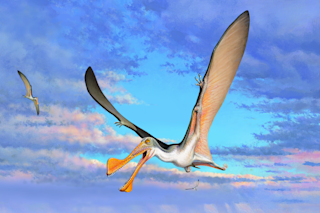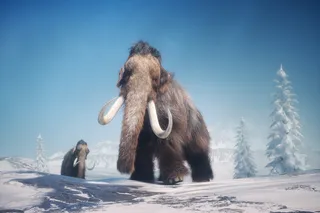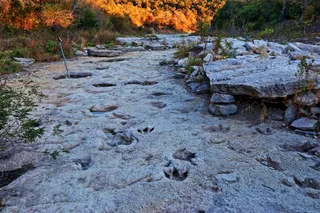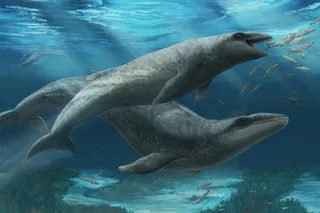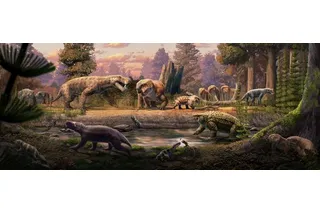The adaptable pterosaur – the first flying vertebrate – lived in dark, polar conditions in what is now Australia, according to a new paper. The research identified two pterosaur bones more than 30 years after their initial discovery.
The bones date to 107 million years ago, during the Cretaceous Period, when Australia formed a large southern landmass with Antarctica, New Zealand and South America. At that time, the Australian state of Victoria – where volunteers first found the fossils in the late 1980s – would have crossed into the polar circle, meaning it would’ve been covered in darkness for weeks on end during the winter.
“Despite these seasonally harsh conditions, it is clear that pterosaurs found a way to survive and thrive,” says Adele Pentland, a researcher at Curtin’s School of Earth and Planetary Sciences in Western Australia, in a press release. “It will only be a matter of time ...


